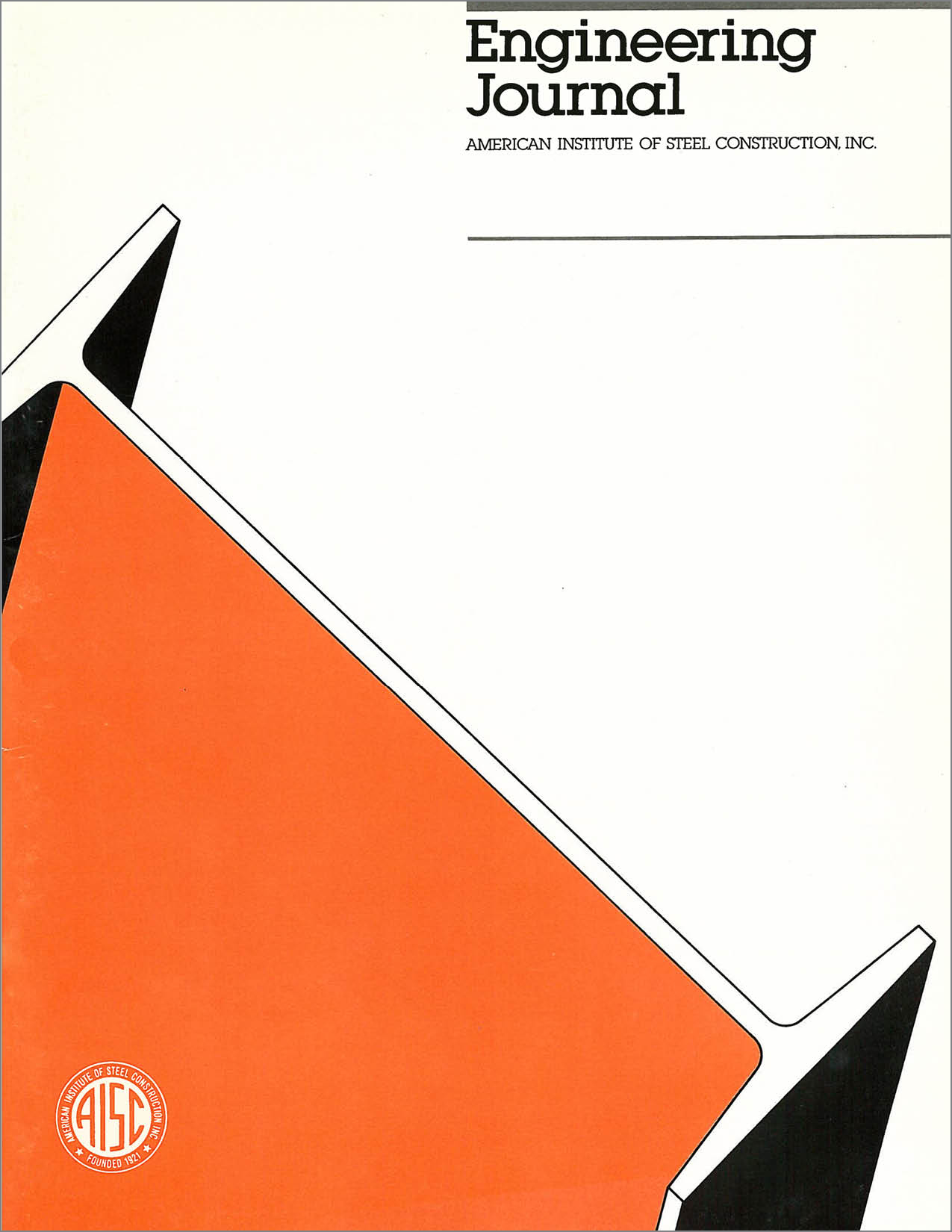Flexural-Torsional Buckling and its Implications for Steel Compression Member Design
DOI:
https://doi.org/10.62913/engj.v26i4.527Abstract
Flexural-torsional and torsional buckling strength of compression members is covered for the first time in the AISC Load and Resistance Factor Design (LRFD) Specification, and, thus, must now be considered in hot-rolled steel design for buildings, in addition to overall flexural and local buckling. This new strength criterion is also included in the 1989 Allowable Stress Design (ASD) Specification. Flexural-torsional buckling is a compression member instability involving a combination of member bending and twisting as well as any local buckling of slender elements. In this behavioral sense, it resembles lateral-torsional buckling of unbraced beams. Torsional buckling is simply a twisting of the entire cross section about its shear center. Flexural torsional buckling applies to all shapes except those that are doubly symmetric. Pure torsional buckling can only occur in these doubly symmetric shapes, such as rolled wide flange sections. Flexural-torsional buckling is strongly influenced by the degree of symmetry in a cross section that is mathematically represented by the location of the shear center relative to the centroid. An interactive coupling effect of flexural and torsional buckling occurs only when these two points are not coincident; when they are identical, as for doubly symmetric, wide-flange shapes, the response reduces to pure torsional buckling.

